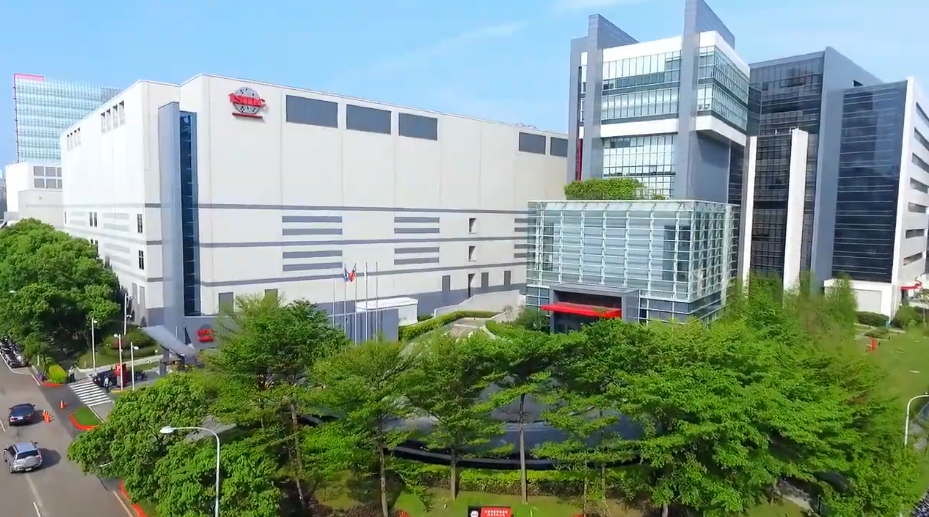Taiwan Semiconductor Manufacturing Co. customers ordered fewer mobile chips in the first quarter than a year earlier, but the company’s revenue nevertheless managed to top expectations.
TSMC today posted sales of 839.25 billion New Taiwanese dollars, or $25.8 billion, for the three months ended March 31. That’s up 41.6% from the same time a year earlier. Analysts had expected slightly slower growth.
The world’s largest contract chipmaker, TSMC manufactures more than 11,000 types of processors for about 500 customers. Its fabs produced 16 million 12-inch wafers’ worth of semiconductors last year. That represents most of the world’s supply of chips made using advanced manufacturing processes.
Most of TSMC’s revenue comes from its high-performance computing business, which includes data center graphics cards. The segment accounted for 59% of its sales in the first quarter, up 7% from a year-ago. That increase helped offset reduced demand in the smartphone and connected device markets, where TSMC saw sales drop 22% and 9%, respectively.
“Our business in the first quarter was impacted by smartphone seasonality, partially offset by continued growth in AI-related demand,” said TSMC Chief Financial Officer Wendell Huang.
TSMC’s revenue growth helped boost its profitability. The company ended the first quarter with net income of NT$361.56 billion, or about $11.12 billion. That amounts to adjusted earnings of $2.12 per U.S. share, ahead of the $2.07 projected by the FactSet consensus estimate.
Advanced processes, which TSMC defines as those that use seven-nanometer technology or better, accounted for 73% of its wafer volume in the first quarter. The company’s most sophisticated production lines make three-nanometer chips. Those chips accounted for 22% of TSMC’s revenue last quarter, flat year-over-year, but the company expects the technology to be an important growth driver in the current quarter.
“Moving into the second quarter of 2025, we expect our business to be supported by strong growth of our 3-nanometer and 5-nanometer technologies,” Huang said.
The company’s long-term growth plan focuses on its two-nanometer node, which is set to enter mass production later this year. On Monday, Advanced Micro Devices Inc. announced that it will use the node to make its upcoming Venice series of server-grade central processing units. The chips are set to start shipping next year.
TSMC’s two-nanometer node is the first from the company to use gate-all-around transistors. In such transistors, the component that coordinates the flow of electrons is more effective at blocking power leakage, which increases energy efficiency. TSMC says chips made using its two-nanometer process can provide the same performance as previous-generation silicon using 24% to 35% less electricity.
The company’s long-term technology roadmap reportedly also includes a shift to square wafers. Earlier this week, Nikkei Asia cited sources as saying that TSMC plans to pilot the technology in 2027. Square wafers have a larger surface area than the industry-standard circular wafers processed by fabs today, which means they can be used to make more chips.
But whereas TSMC’s roadmap may include major changes to its manufacturing operations, taking over Intel Corp.’s plants apparently isn’t part of the plan. Earlier this month, reports emerged that the two companies have tentatively agreed to form a joint venture to operate Intel’s fabs. TSMC Chief Executive C.C. Wei told investors today that such a project isn’t in the works.
Photo: TSMC
Your vote of support is important to us and it helps us keep the content FREE.
One click below supports our mission to provide free, deep, and relevant content.
Join our community on YouTube
Join the community that includes more than 15,000 #CubeAlumni experts, including Amazon.com CEO Andy Jassy, Dell Technologies founder and CEO Michael Dell, Intel CEO Pat Gelsinger, and many more luminaries and experts.
THANK YOU








